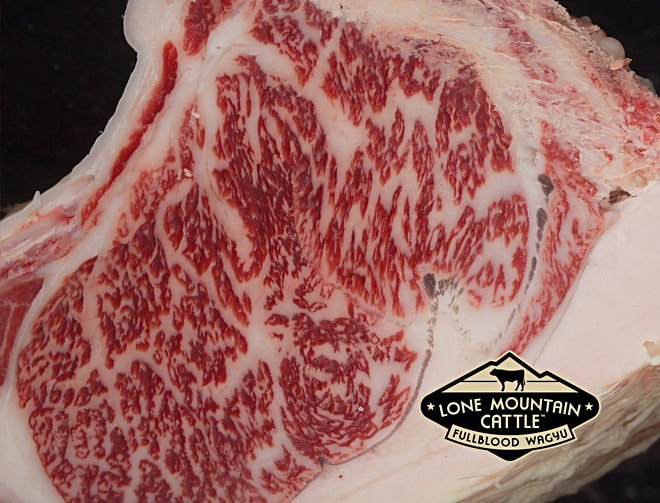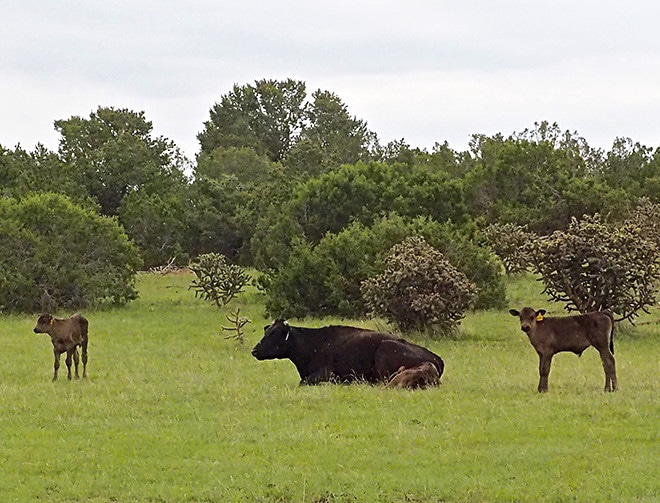
Marbling
More Than A Pedigree – Wagyu Genetics’ Role in Marbling
When we talk about Wagyu, one of the primary things we discuss is the breed’s genetic disposition to have high levels of marbling. This is true, and is an important quality that makes Wagyu so special. But this broad understanding of genetics’ role in cultivating marling is just the tip of the iceberg. Wagyu cattle carry a “marbling gene”, special cells called adipocytes that turn into marbling. These cells are unique to Wagyu over other breeds of cattle. Carrying this gene on its own isn’t enough to guarantee high quantity and quality of marbling. These cells are impacted by external influences particularly from the last 3 months in the womb through the first 3 months of the calf’s life. If the animal is stressed during those times, it will impact the development of these special cells and prevents them from cultivating marbling to their highest potential levels. Read more about genetics in this blog post.

Feed & Rations
Feed for Wagyu cattle is designed to allow a natural pace of weight gain, unlike conventional cattle, which are often fed higher ratios of glucose and simple carbohydrates to put on weight quickly. Wagyu are fed a cool ration, filled with forage, whole grains (no corn), and protein from vegetable carbohydrates. Grain is a critical element of their ration for the development of marbling. Traditionally, no hormones or sub-therapeutic antibiotics are fed to Wagyu.

Stress Free Environment
Raising Wagyu cattle is more like raising a thoroughbred race horse than conventional cattle. They require individual attention and to be protected from stress.
Common Stressors include:
- Weather
- Branding
- Weaning
- Transport
- Change in social groups
- Weather
Making sure the animals are treated with care and with respect to these stressors helps them maintain comfort and allows their marbling to develop.
